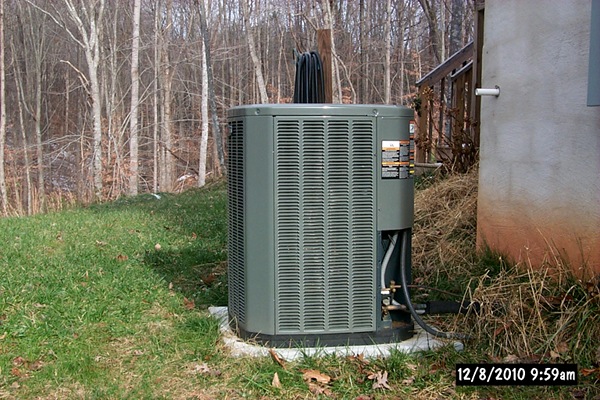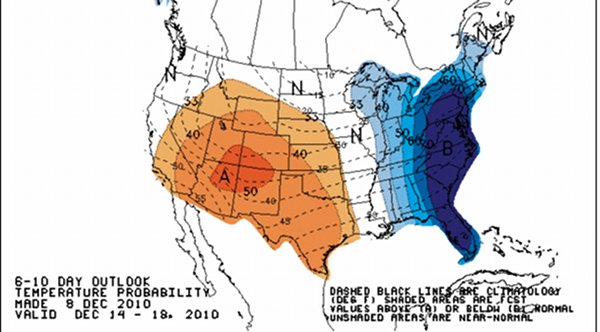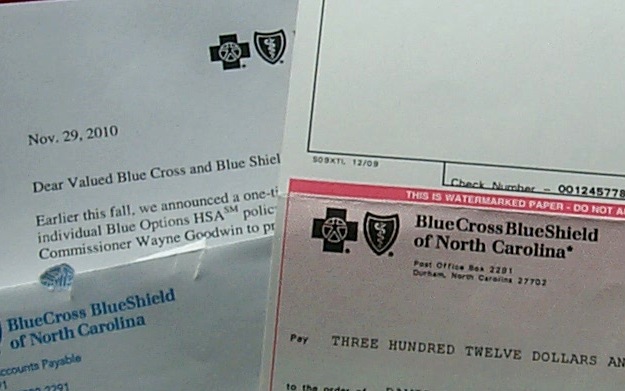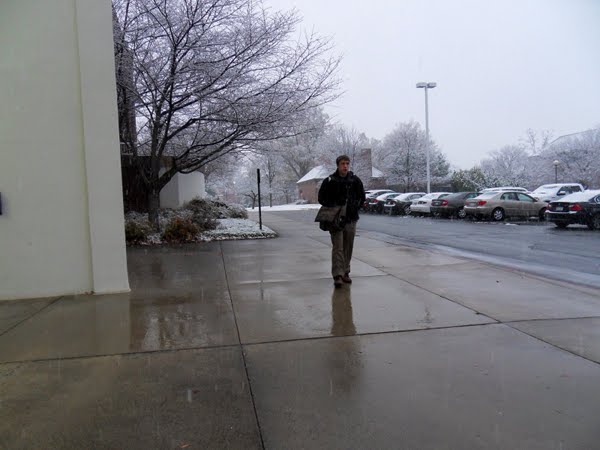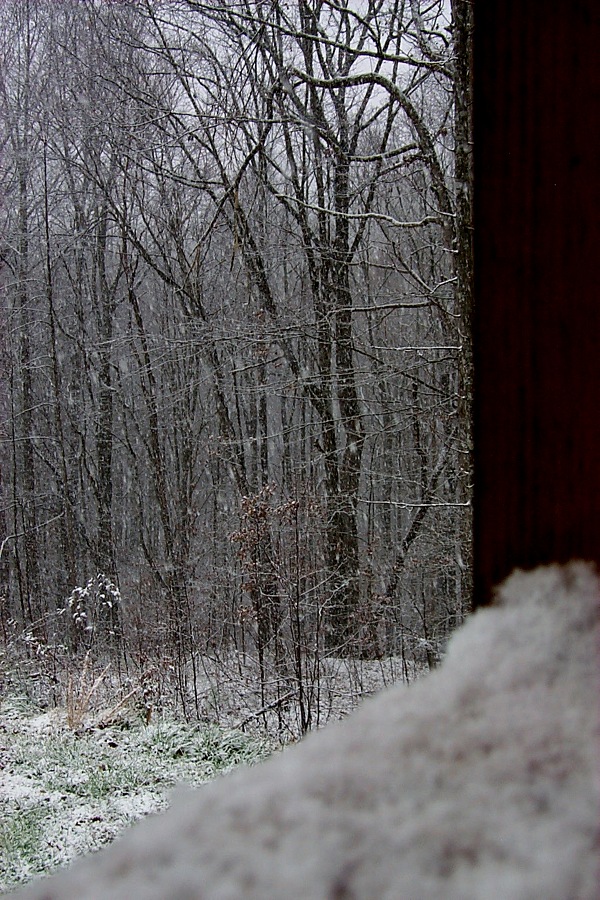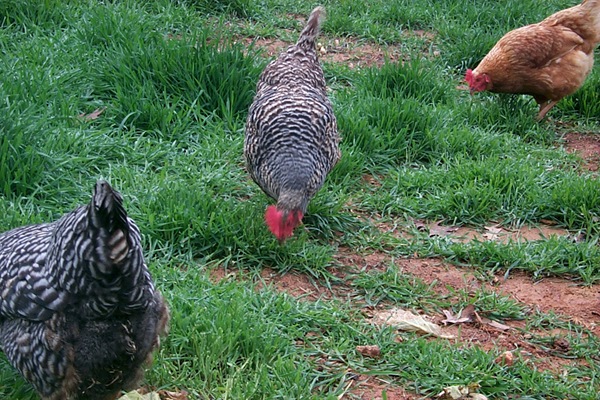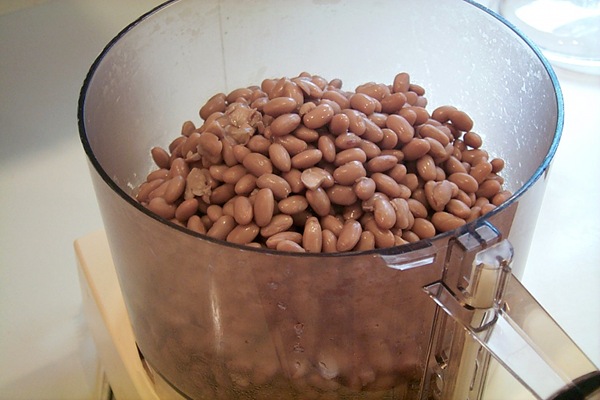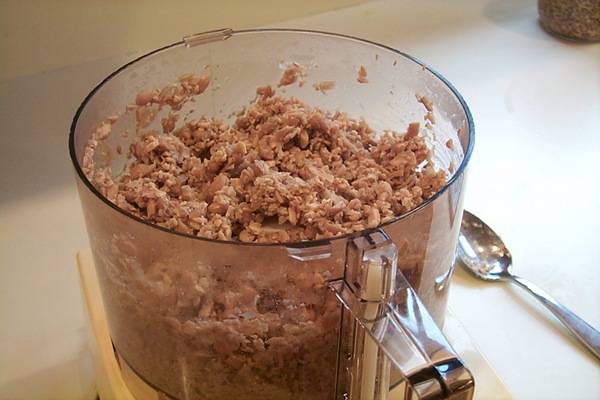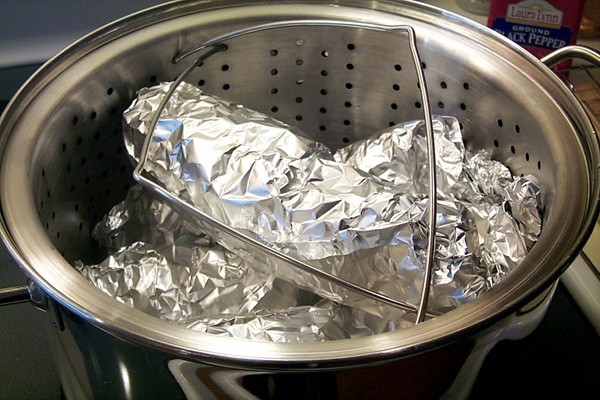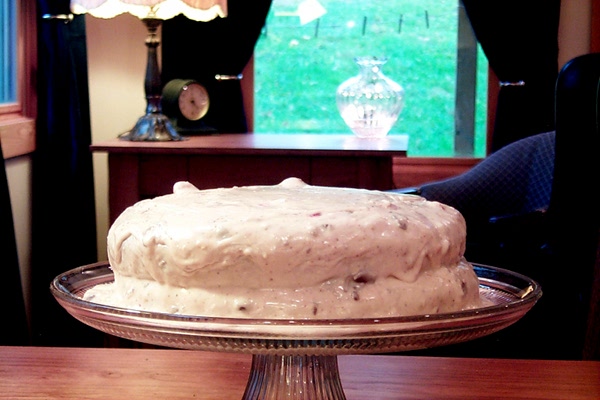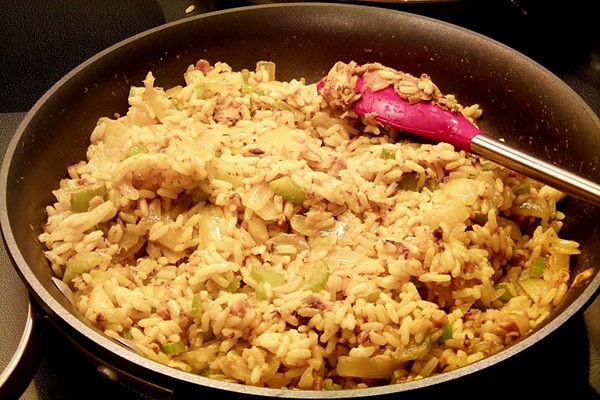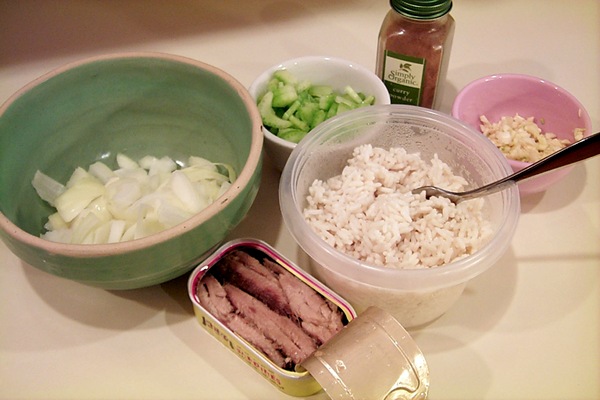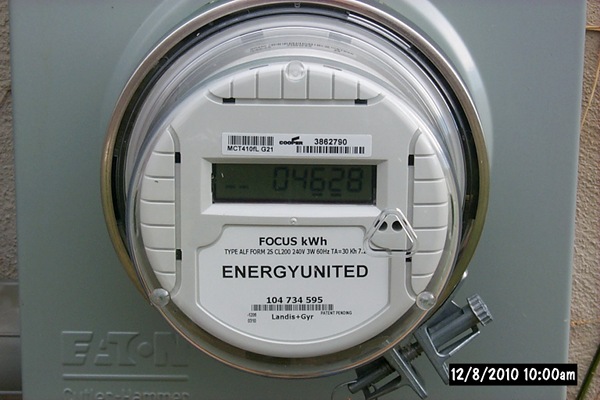
The low temperature last night was 14 degrees F. When it’s that cold, I obsess about how to keep the house decently warm as frugally as possible. I also obsess about wear and tear on my heat pump.
Heat pumps are an efficient source of heat — except when it’s very cold. Heat pumps don’t create heat. Rather, they extract heat from the outdoors air and move the heat into the house. When it’s relatively warm outside — say, when the temperature is in the 40s — this doesn’t take much work and thus doesn’t use much electricity. However, when it’s 14 degrees outside, there’s less heat in the outdoor air to move inside, so the heat pump must work much harder. All heat pump systems have a backup form of heat that kicks in when the outdoor unit can’t keep up with the indoor thermostat’s request for heat. Most heat pumps, like mine, have electrical coils that heat up (like a toaster) and provide this backup heat. This is called resistive heat.
If the temperature outside is in the 40s, then the heat pump is up to three times more efficient than resistive heat, an energy savings ratio of almost 3 to 1. If the temperature outside is 14, then the heat pump is no more efficient than its backup resistive heat, a ratio of 1 to 1. This relative efficiency is called the coefficient of performance. It can be graphed as a curve in which efficiency rises with the outdoor temperature. (See graph below.) At low outdoor temperatures, when the heat pump is no more efficient than its backup heating coils, then you might as well use the heating coils and save the wear and tear on the heat pump.
If you read some heat pump forums online, you’ll find lots of debate about how to manage your heat pump with this efficiency in mind. Most people will say that you should just set your thermostat lower at night but otherwise leave things alone. The heat pump’s control mechanism, they say, can decide for itself when to switch on its backup heat.
I disagree.
Last winter I followed this just-leave-it-alone advice. On a night when the outdoor temperature dropped to about 11 F, the heat pump ran almost all night. In the morning, its coils were covered with ice. This is regarded as normal. If the outdoor unit ices up, the heat pump will “reverse” periodically and melt the ice.
But I can’t help asking myself, why should I let my heat pump grind all night when it’s severely cold, and ice itself up, when at those temperatures the heat pump is no more efficient than its backup heating coils?
I’ve been experimenting. All heat pumps (at least the newer ones) have a position on the thermostat called “EMHEAT,” or emergency heat. The so-called emergency heat is the heat from the backup heating coils. But why should I think of it as emergency heat? It can be used as emergency heat, of course, if the outdoor unit fails and you’re waiting for repair. But why not think of it as heat to be used when it’s so cold that the outdoor unit’s efficiency drops to 1 to 1 (the same as the emergency heat)? There are clear advantages: The outdoor unit just stops — no wear and tear. A heat pump struggling to produce heat in severe cold will grind on and on, and the air coming out of the ducts will be barely warm. Whereas the “emergency heat” will be toasty warm and won’t have to run very much.
Last night, knowing that it was going to be really cold, I set both my thermostats to EMHEAT. I set the downstairs thermostat for as low as I could bear — 55. I set the upstairs thermostat (my bedroom is upstairs) for a bit warmer — 60. During the coldest part of the night, the heating system would start up about every 20 minutes or so, run for three to five minutes, then switch off. I found that much more acceptable than having my heat pump grind and blow cold air all night.
This morning, when the outdoor temperature climbed back to 26 degrees, I put the system back to normal. Right now, at 11 a.m., I’ve brought the temperature up to 65 degrees upstairs. It’s 59 degrees downstairs. I won’t bring the downstairs up to 65 degrees until later this afternoon, when the temperature is higher outside and providing heat is cheaper.
I have no doubt that the “experts” on the Internet forums would say that I’m diddling and that I should just let the system use its own logic. But the problem is, the system’s logic is very crude. It doesn’t even know what the outdoor temperature is. I don’t know what the system’s rules are for when to resort to the “emergency heat,” but it may be as simplistic as “if the thermostat is requesting heat, and if the temperature in the room is still dropping, then turn on the ’emergency heat.'”
I can imagine much smarter algorithms that would consider the outdoor temperature, the unit’s efficiency at that temperature, the difference between the outdoor and indoor temperature, the temperature of the air blowing through the ducts, the actual temperature of the room, and the temperature requested by the thermostat. This could produce a nice balance between the competing factors of efficiency, cost, and human comfort. I’m sure that large commercial systems do have more sophisticated control systems. But until residential systems do, I’m going to diddle with the controls.
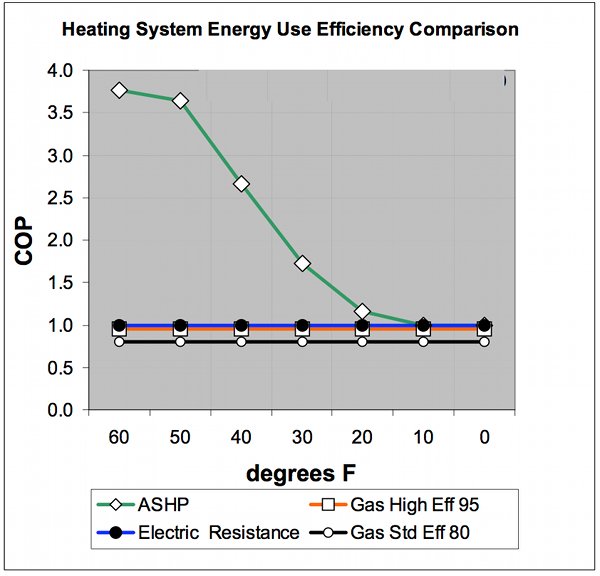
The green line shows typical heat pump efficency as outdoor temperatures rise. Note that the heat pump isn’t significantly more efficient than resistive heat, or emergency heat, below about 25 F. The COP scale is the coefficient of performance, described above. Graph by Colorado Springs Utilities
